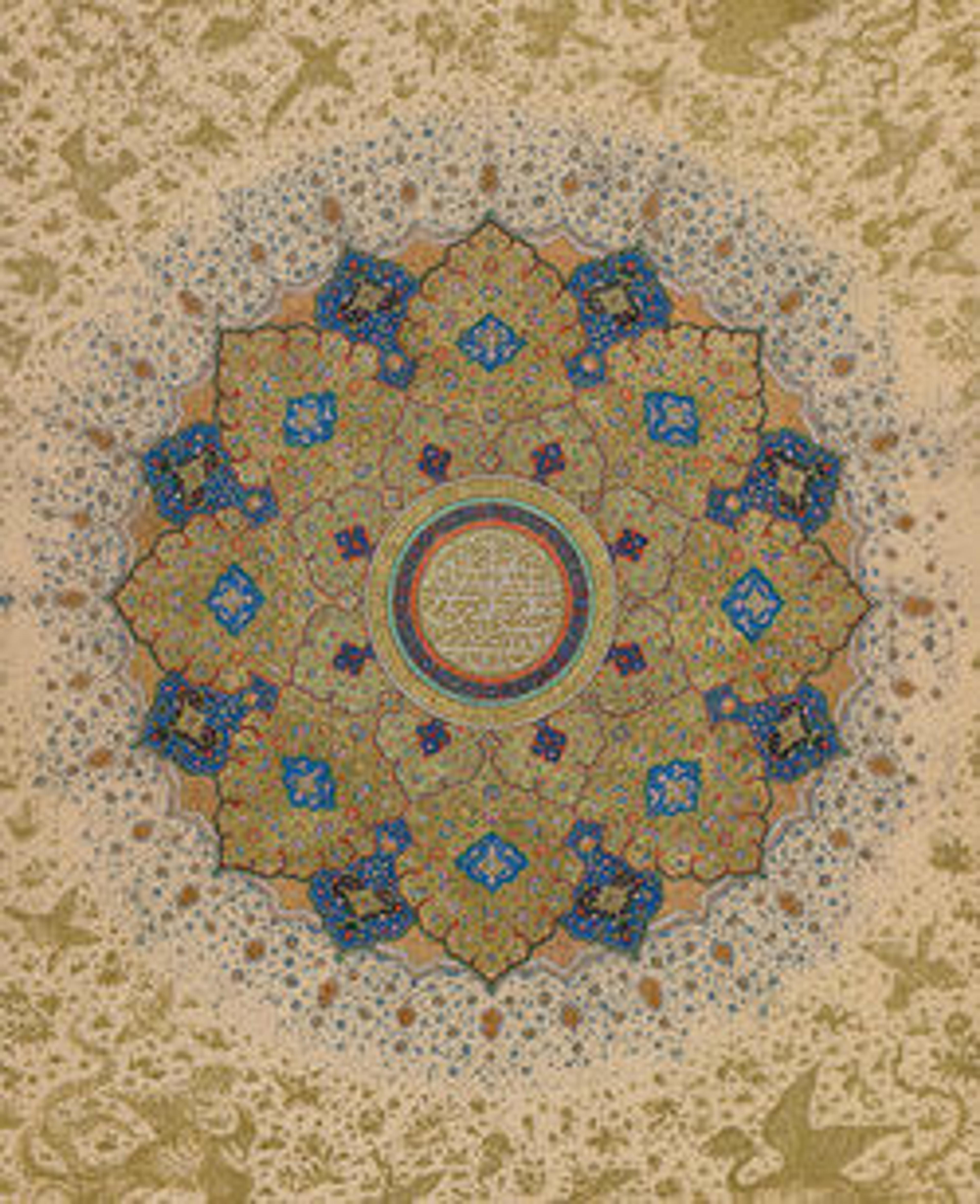Dinar
The first Muslim rulers relied on older Byzantine and Sasanian mints to keep a constant supply of coinage in the newly converted lands. Modifications to older types occurred gradually over the first century of Islam. Crosses on Byzantine-style gold coins, for example, were the first visual elements to disappear. ‘Abd al-Malik’s gold reform in 696–97 resulted in totally new coin styles without figural imagery of any kind. Instead, coins like this one made during his reign feature the shahada (profession of the faith) in stately kufic script: “There is no god but God, and Muhammad is the messenger of God.”
Artwork Details
- Title:Dinar
- Date:dated 79 AH/698–99 CE
- Geography:Made in Syria
- Medium:Gold
- Dimensions:Diam. 13/16 in. (2.1 cm)
- Classification:Coins
- Credit Line:Bequest of Joseph H. Durkee, 1898
- Object Number:99.35.2386
- Curatorial Department: Islamic Art
More Artwork
Research Resources
The Met provides unparalleled resources for research and welcomes an international community of students and scholars. The Met's Open Access API is where creators and researchers can connect to the The Met collection. Open Access data and public domain images are available for unrestricted commercial and noncommercial use without permission or fee.
To request images under copyright and other restrictions, please use this Image Request form.
Feedback
We continue to research and examine historical and cultural context for objects in The Met collection. If you have comments or questions about this object record, please contact us using the form below. The Museum looks forward to receiving your comments.
